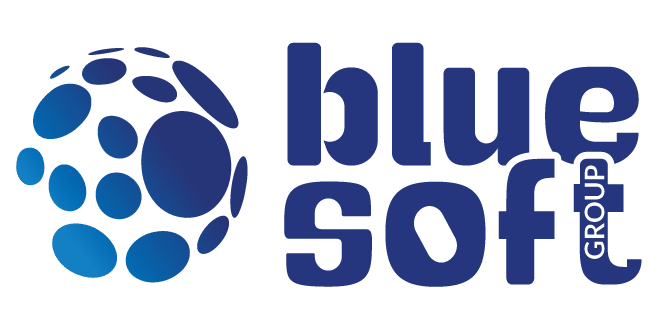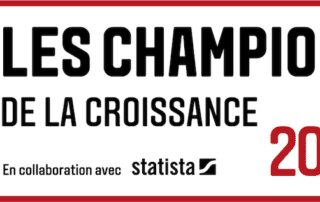The Blue Soft Empower team, experts in Microsoft solutions, has published a white paper entitled The 3 steps to sustainable digital awareness in your organization . This book is designed to help organizations build a new sustainable digital lifestyle without degrowth.
Change your digital habits
Digital uses are currently responsible for 4% of global greenhouse gas emissions. However, they are expected to double by 2025, as they are so necessary and concomitant with economic activity. Organizations do not have to remain paralyzed in front of this fact and can all set up a strategy to accompany the reasoned consumption of a sustainable digital.
The approach is therefore no longer a simple option that the ecologically invested company seizes. It is a lever for growth, a criterion for calls for tender, a subject for recruitment, a condition for the future.
After recalling the terms that define sustainable development, which came out of the 1992 Earth Summit, the white paper returns to the famous notion of carbon footprint, which is so difficult to grasp and evaluate. Using a concrete example, the adoption of Cloud, Blue Soft Empower uses Microsoft solutions and tools. On the other hand, he uses his change management methods to demonstrate how an organization can model, implement, disseminate and sustain an eco-responsible change strategy and manage it effectively.
If you're interested in this subject, take a look at our article : What carbon footprint for IT?
3 concrete and measurable steps for a sustainable use
Getting started is perhaps the most difficult step. Where and how, one wonders. Blue Soft Empower - Groupe Blue Soft suggests starting the project with a reliable measurement of the organization's GHG emissions.
The use of Microsoft's Emissions Impact Dashboard tool, combined with the calculation methods defined by the IPCC, provides initial data that can be used in Power BI in many ways (comparison, evolution, visualization, modeling, alternatives, etc.).
These data are essential for setting realistic and attainable objectives (more precisely SMART objectives for Specific, Measurable, Attainable and Realistic). They are also the basis for raising awareness, first and foremost among management and future sponsors. On these points, the white paper presents examples of objectives but also of mobilizing levers facilitating adhesion.
Thus, several actions to be carried out with employees in a second phase are detailed in the white paper, and for which collaborative tools are of great help, whether it is a question of informing, surveying or exchanging.
Finally, sustaining the actions introduced and the good practices adopted depends as much on measuring the initial effects as on maintaining the effort. This means frequently questioning usage, identifying any obstacles and regularly involving employees.
You can also read our article on how I create create an outstanding user experience for a sustainable UX.
From local to global
The UN has set 2030 as the date by which the 17 Sustainable Development Goals must be achieved. This will also be the case for each of their targets. There is no more than 8 years left to become part of this global challenge. Reducing one's GHG emissions through better use of digital technology may not directly influence support for local agriculture, immunization development or citizens' rights around the world. But in one way or another, all actions contribute to this and spread certain values. This is what the UN underlines in its guide "for lazy people who want to save the planet", a useful complement to the guide Blue Soft Empower ,The 3 steps to make your organization aware of sustainable and durable digital.
For download the white paper The 3 steps to making your organization aware of sustainable digital technologies and becoming an agent of change
Find out more about the latest edition of CSR and Disability Week Blue Softechoing SEEPH week.






